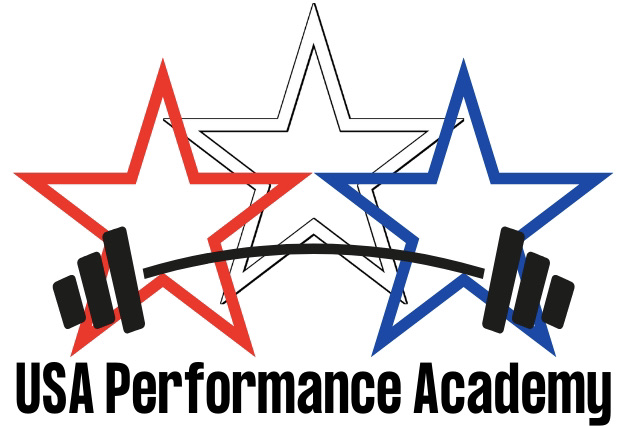“Paws and Reps”
By Ashling Brady, Director of the Good Neighbor Program at the USA Performance Academy
There’s a certain, unspoken kinship that I’ve always felt with those who dedicate their lives to the care and well-being of animals. As someone deeply involved in the wellness world, I see parallels between the two professions: both are centered on nurturing and maintaining health. However, while our beloved veterinarians and vet techs take great care of our furry friends, who’s ensuring their well-being?
Veterinary care is much more than meets the eye. Sure, it’s about having a way with animals, possessing medical expertise, and showing boundless empathy. But behind the scenes, it’s also about the physical demands of the job, which often go unnoticed and unaddressed.
**Unmasking the Physical Strain**
It’s easy to overlook the physical demands when engrossed in the daily routine of a vet clinic. But those demands? They’re real and relentless.
– **Lifting and Carrying**: Whether it’s a feisty feline or a hefty hound, lifting pets is an integral part of the job. Without proper technique or physical conditioning, this can lead to lower back pain or even more severe musculoskeletal injuries.
– **Long Hours On Foot**: Standing for extended periods, often on hard surfaces, can contribute to lower limb fatigue, varicose veins, and foot problems.
– **Awkward Positions**: Examining a pet, especially larger ones, can mean contorting oneself into less-than-comfortable positions, leading to strains and muscular imbalances.
– **Repetitive Motions**: Tasks like administering injections or even using the computer can lead to repetitive strain injuries if not complemented with proper stretches or ergonomics.
**Protecting Those Who Care the Most**
Behind every wagging tail or purring feline at the vet’s office, there’s a dedicated professional ensuring they’re at their healthiest. But for these professionals to give their best, they must be at their best, both mentally and physically.
Awareness is the first step. Recognizing the physical challenges of the job and actively seeking ways to counteract or prevent them is crucial. While targeted fitness routines can help, understanding one’s body, recognizing the first signs of strain, and seeking timely intervention can make all the difference.
**In Closing**

